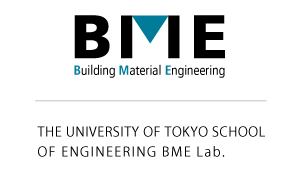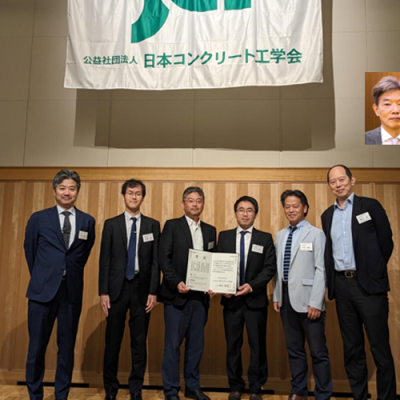Hi, a new paper has been published in Journal of Nuclear Materials.
Following the Fukushima Daiichi Nuclear Power Plant accident, a large number of radionuclides were released, contaminating the surrounding environment. Among these, Cs and Sr are particularly significant due to their long half-lives and are often considered representative of the behavior of other radionuclides. A clear understanding of their interactions is essential. In particular, during the decommissioning process of nuclear power plants, the extent of concrete contamination and the most appropriate final disposal methods remain unresolved issues, requiring preparation now for actions that will be taken decades into the future.
As part of two national projects, our team has been conducting research on these contamination behaviors. Specifically, we have accumulated experimental data on the interactions of low concentrations of Cs and Sr with concrete (including cement paste, carbonated cement paste, and various types of rocks) to evaluate and predict contamination in areas such as turbine buildings, where contaminated water has been in prolonged contact with structural materials.
This paper focuses on both carbonated and uncarbonated cement pastes, compiling data to evaluate the interactions of Cs and Sr with C-A-S-H and silica gel, and establishing thermodynamic parameters for thermodynamic equilibrium modeling. Especially, the evaluation of carbonated regions has not been addressed; the data clearly demonstrate significant enrichment of Cs in these zones, making the findings highly valuable.
S. Tomita, K. Yamada, G. Igarashi, Y. Hosokawa, I. Maruyama, Interaction of Cs and Sr with C–A–S–H and Carbonated C–A–S–H phases: Experimental study and thermodynamic modeling, J. Nucl. Mater. 617 (2025) 156156. https://doi.org/10.1016/j.jnucmat.2025.156156.















